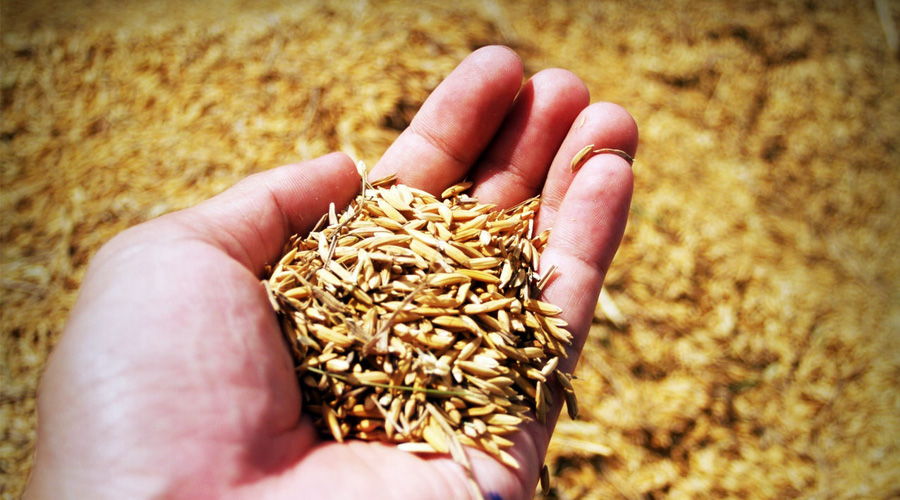During the recession of 2007 to 2009 Arkansas Agriculture and Food lost some of its value to the tune of 0.3 percent. However, this period was also the time that the state recorded its highest GDP since 1997. The support for agriculture during this period came through a number of interventions including a vibrant agricultural lending sector, a rising export market, and a slimmer debt-to-asset ratio for many farms compared to non-farm businesses.
Inasmuch as the size of Arkansas’ agricultural exports decreased during the recession, they quickly bounced back. Since 2011, there has been a progressive rise of Arkansas export and this is evident through the national ranking for net farm income. Arkansas’ national ranking for net farm income rose from 32nd in 2011 to 16th in 2013 and 15th in 2014.
It is not surprising that the Arkansas Agriculture and Food Sector is the fourth largest sector in the state just behind non-agricultural services and retails, insurance, finance, and real estate, and government, respectively. The growth of Arkansas agricultural sector is linked to the improved availability of grants and loans that make the sector attractive.
The Explanation For The Decreasing Export
From 1997 to 2014, rice and soybean have consistently remained the crops with the highest value with an average of 30 percent of field value each. Third on the list was upland cotton with an average of 15 percent of field. However, there was a dramatic turn of event in 2012 when the value of corn shot up by 73.2 percent. Ever since, the top three crops produced in the state has changed.
As the largest producer of rice in the nation, most of Arkansas’ agricultural export earnings also come from rice export. In the last few decades, the level and quality of rice exports from Asian countries have improved significantly. Also, the demand for rice on the global market has not been at par with the increasing world supply leading to a fall in the price of rice on the global market. This fall in price and loss of market share has had a great impact on the United States which exports approximately 40 percent of rice produced in the nation.

Rice exporting countries are also affected by the changing policies of many import-dependent countries. For example, the rice market in many countries often receives high government interventions including trade barriers and subsidy to producers. The agricultural policies of most Asian countries protect local producers from the lowering import price.
Rice is not the only crop that is affected by dwindling export. The United States has also lost market share in the soybean market to Latin American countries like Brazil and Argentina. The elimination of the export tax on soybean by Brazil in 1996 also saw a rise in the export of this product. US cotton is also facing a similar challenge at the global export market from new competitors like China.
The Arkansas livestock export is also prone to similar global changes. For example, the state’s dominant livestock is poultry. Food safety disputes have negatively impacted livestock export.
The Size Of Arkansas Agriculture
The size of Arkansas agriculture is staggering. The state boasts of over 43,000 farms covering a total of 13.7 million acres. The average size of a farm is put at 319 acres. In 2016, it was estimated that about 41 percent of Arkansas’ land was comprised of farms.
In the same year, Arkansas Agriculture contributed about 17.1 percent in value to the state which is approximated at $21.4 billion in value added. Arkansas is also consistently on the top one-third of the nation’s ranking in terms of agriculture, placing 16th on the log in 2016. In that year, Arkansas had $8.0 billion for total agricultural cash receipts.
The 2016 Production Year showed that Arkansas was in the top 25 states for the production of several agricultural commodities. The state ranked top 5 in the production of rice, broiler catfish, cotton, and turkey.
Agriculture and agriculture-related activities have a major contribution to the Arkansas economy. As of 2015, this sector created 264,215 jobs which are put at 1 in every 6 jobs in the state. The sector also recorded $12,788 million in labor income representing 17.6 percent of the state total.

